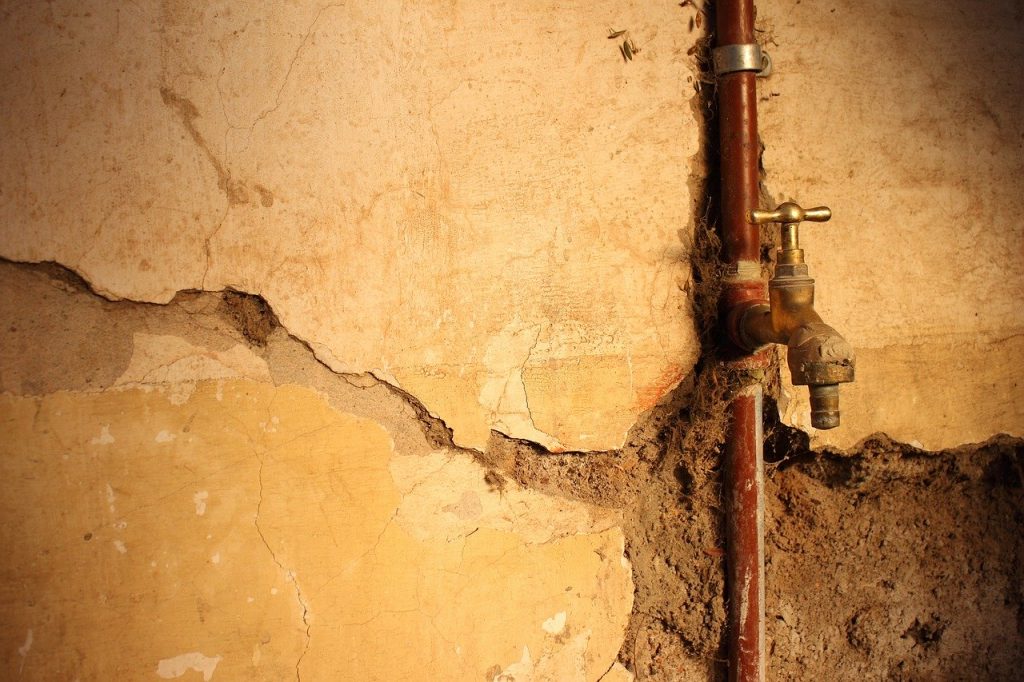Real Property owner’s construction defect claims and the damages recoverable vary and these variances are determined to a large extent by the purchase agreement through which the owner acquired the property. The legal landscape has changed over time, and currently, there are 3 sometimes overlapping legal frameworks that govern an owner’s residential real property claims, and in each of these frameworks, the real estate purchase agreement is determinative of which framework governs and how it applies.
Subsequent Owner Defect Claims
In the circumstance where the owner is a subsequent owner, and not the original purchaser, then the Right to Repair Act and all of its provisions would only apply if the builder gave proper notice to the original owner, and the notice was recorded on title, and therefore would also appear on the title held by the subsequent owner, and the original owner provided the right to repair notice documentation to the subsequent owner in the sale documentation. If not, then the Right to Repair Act does not apply at all. In this scenario, the building standards of Civil Code § 896 and the right to recover economic damages would not apply either. Instead, in this scenario, where the subsequent owner has no notice of the right to repair act in the title or purchase documents, no contract with the builder-contractor, no privity of contract with the builder, and thus no express or implied warranty claims, then the owner would be limited to a negligence claim against the builder-contractor and would further be limited to claims for defects that have caused property damage. This is the ruling and limitation imposed on such negligence claims by the California Supreme Court case Aas v. Superior Court (2000) 24 Cal.4th 627, 652-653.
After Aas was decided, the Right to Repair Act was enacted, which essentially abrogated Aas, and provided, explicitly, remedies for purely economic damages and recovery for defects that violated the building standards of Civil Code § 896, even where there was no resulting damage. Still, Aas was left intact for situations where the Right to Repair Act did not apply, such as pure negligence actions where the owner is not the original purchaser and has no contractual relationship with the builder. Aas limits such negligence claims against the builder to property damage.

Original Owner Defect Claims and the Right to Repair Act
In the circumstance where the owner acquires a new residential home, and would virtually always do so under a written purchase agreement, and the owner is the original owner (first owner) buying the new, the building standards Right to Repair Act apply, which Civil Code § 896 specifically identifies as, “Building standards for original construction intended to be sold as an individual dwelling unit.”
The Right to Repair Act in its entirety, including the builder-contractor’s right to repair the defects and stay any lawsuit by the owner would also apply only if the builder has complied with the notice provisions of Civil Code § 912 (f, g and h), which require that the builder provide notice of these procedures by recording on title the notice of the procedures (912 f), providing the purchaser with a written copy of the Right to Repair Act, with the original sales documentation, initialed and acknowledged by the purchaser and the builder’s representative (912 g) and instruct the original purchaser to provide these documents to any subsequent purchaser. Under 912 (i) if the builder fails to do comply with any of these requirements is not entitled to the protections of the chapter of the act which provides the pre-litigation procedures and the right to repair (Chapter 4), the homeowner-purchaser is released from the provisions of this chapter and may proceed with filing an action, in which case the remaining chapters of the Act apply, which means the building standards of Civil Code § 896 apply, the right to economic damages applies and the burdens and methods of proof as outlined in the Act apply.

Contract and Warranty Based Defect Claims
The 3rd and final legal framework is the situation where the owner is the original purchaser, with a direct contractual relationship with the builder-developer and the pre-litigation procedures of the Right to Repair Act do not apply, because the builder failed to give notice and record on title, but the building standards of the Act would still apply because the Act explicity applies to sales of new original construction. In this situation, and this is in accord with Aas, the owner would still have completely independent rights under the common law to pursue claims for breach of contract, breach of express warranty, fraud, personal injury or violation of statute, which are explicitly excluded from the Right to Repair Act at Civil Code § 943. Further, these actions are not limited by Aas, which explicitly excluded and carved out actions for contract and warranty law, and undoubtedly, although not directly mentioned, tort claims for fraud as well.

Home Buyers’ Legal Protections and Builder Responses
Home buyers in California do indeed have significant legal protections to enforce the obligations of sellers and builders. The legal landscape is, however, complicated and builders and contractors will invariably misinterpret the law to their advantage and seek to confuse the homeowner as to their rights. The most prevalent of these tactics today on the part of builders and their attorneys is to attempt to enforce the pre-litigation, the builder’s right to repair the defects and avoid litigation, in cases where the builder has failed to give proper notice in the purchase documentation, where the builder has forfeited that right and the owner is free to proceed with filing an action. Additionally, builders consistently misconstrue the “exclusivity” of the Right to Repair Act in an attempt to bar such cases altogether, clearly in violation of the law, and the express language of the Act which excludes all common law actions for breach of contract, breach of warranty, fraud and statutory violations. It’s important to note that “statutory violations” includes any circumstance where the builder deviates from the plans, violates the building codes, or violates any one of a number of Building & Professions Codes statutes that govern the conduct and activities of licensed contractors.
Another misconception advanced by builders is that “property damage” is required in cases other than negligence, or more deceptively as builders try to claim, that owners are limited in their recovery for negligence and property damage by insurance policy coverage that the builder maintains.
Timothy Norton has 35 years’ experience evaluating such claims and the purchase agreements that form the basis for these claims.
For a consultation and evaluation of your purchase agreement, your contractual relationship with the seller and builder, and the framework of the law that applies to any real estate property defect claim, contact Timothy Norton of Norton & Associates today at 310.706.4134 for a consultation and evaluation of your claim, or visit us on the web at constuctiondefect.com to make an appointment for a safe and sound advice.


